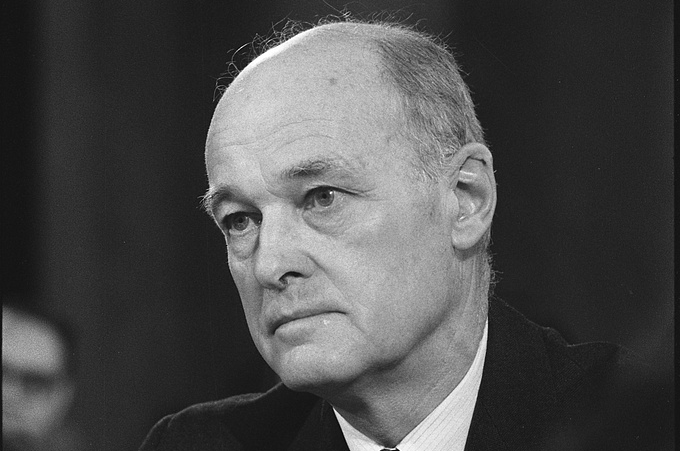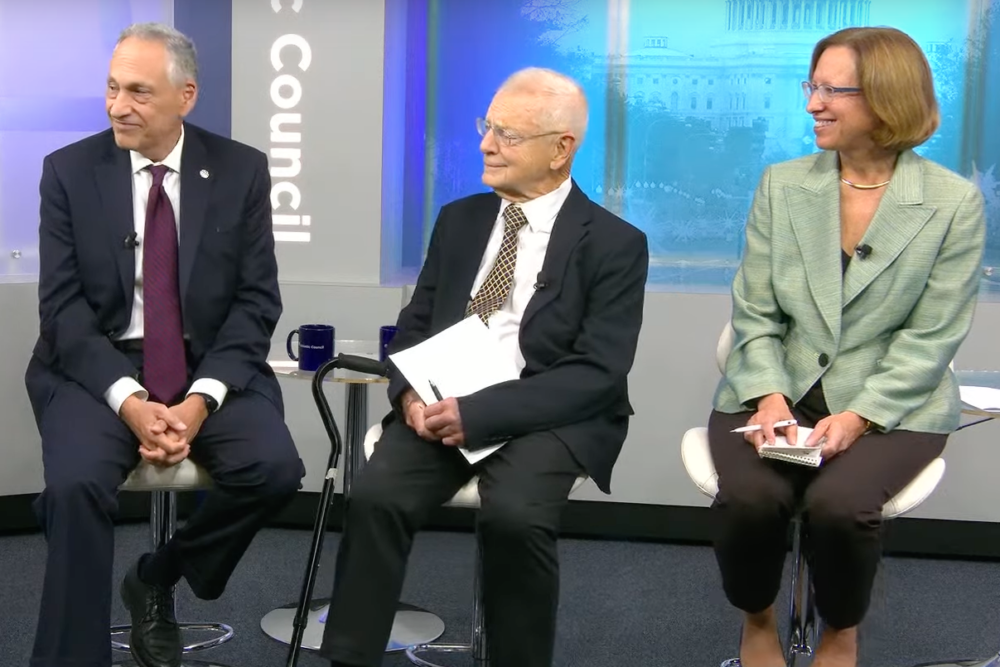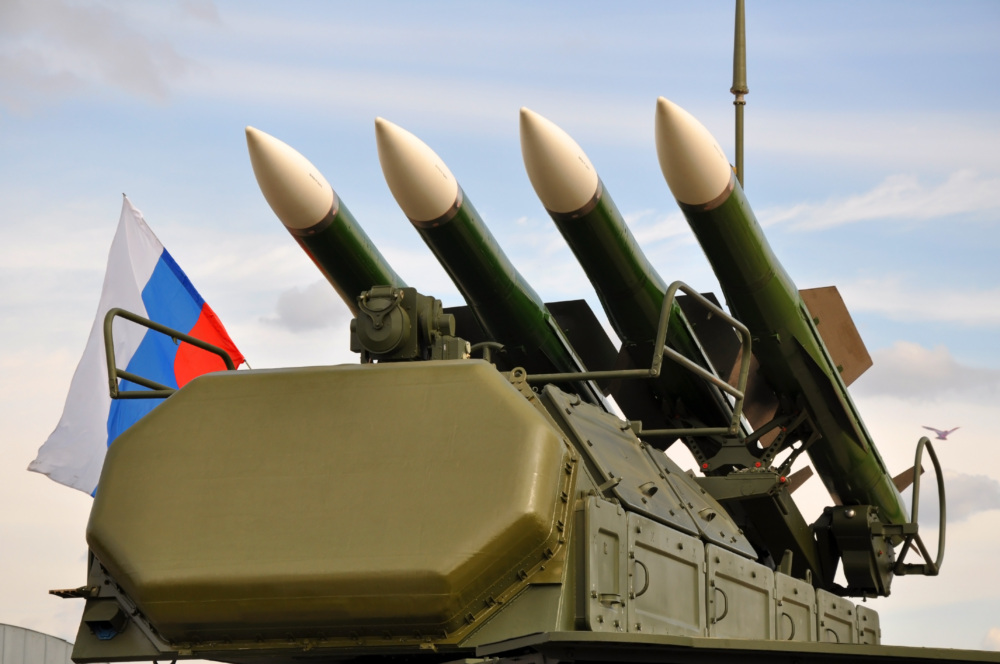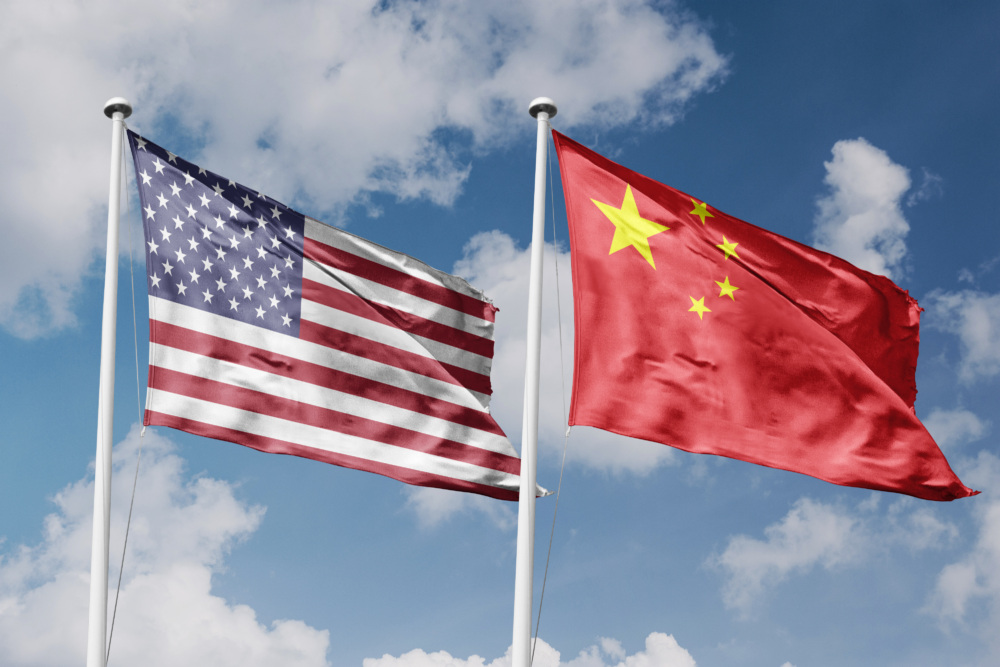
Brian Rose
Program Officer, Global Nuclear Policy
Atomic Pulse
As U.S. policymakers look to chart a new course with Russia, they may want
to re-visit George Kennan’s famous 1946 “long
telegram” – dispatched from Moscow 71 years ago last week.
Kennan, a career foreign service officer then stationed in Moscow, penned
an 8,000-word cable responding to an inquiry from the U.S. Treasury on why the
Soviet Union withheld support from the newly established World Bank and
International Monetary Fund. Kennan’s response was a treatise on Soviet
thinking, leadership, motivations, and fears. The telegram and his subsequent “X
Article,” published in Foreign
Affairs in 1947, became the basis for the Truman administration’s policy of
containment and served as the foundation of U.S. strategy during the Cold War.
The basic premise of the document—a deep and nuanced analysis of Soviet
thinking and strategy—stands up quite well today. One walks away with valuable
insights on the origins of Russian thinking, as well as what drives the
political and security environment that influences Moscow’s worldview.
In 1946, Kennan stated boldly that he believed the issues plaguing
Western-Soviet relations could be resolved, “without recourse to any general
conflict,” ultimately recommending containment. To be clear: the United States
need not contain Russia as it sought to contain the Soviet Union, nor is
today’s situation likely a direct analogue of the gravity that was the Cold
War. However, several lessons from Kennan’s telegram may offer a path forward
to U.S. policymakers trying to manage one of America’s most important and
consequential relationships. Among these lessons, three in particular stand out
as guideposts for U.S. policy toward Russia today:
·
First, in order to craft a successful Russia
strategy, one must first understand Russia’s outlook on the world and how that
outlook has been shaped by history. In fact, Kennan dedicates the majority of
his 8,000 words to describing the origins of Soviet thinking. He explains that Russia has for centuries believed
itself to be “encircled” by unfriendly forces, resulting in “an instinctive
Russian sense of insecurity.” Consequently, he wrote, Russia has historically
directed its energy to strengthening all elements of national power and
prestige, while weakening the external factors that would reduce Russian
influence on the international stage.
·
Second, policymakers should recognize that Russia
has a comprehensive strategy that integrates both “official” and “unofficial” means,
the latter of which are deniable. Kennan characterized this as policy conducted
on “two planes.” He argued that while “actions taken on different planes will
differ considerably, [they] will dovetail into each other in purpose, timing, and
effect.” This is perhaps best characterized today by the seeming divergence of
statements of the Russian government on one hand, and its actions on the other
– in Crimea and eastern Ukraine; in Syria; and in cyberspace. As
experts assert, this is part of a comprehensive strategy crafted to advance
Russian interests and undermine the political and strategic aims of perceived
opponents. Today, foreign policy and defense experts call this strategy “hybrid
warfare” or “cross-domain”
competition, and Russia’s
most recent military doctrine articulates the value of such comprehensive
and flexible tools to achieve its aims. However, little is new. Moscow’s
tactics today mirror those used by the Kremlin for decades. U.S. policymakers
would be wise to recognize this as they craft an effective Russia engagement strategy.
·
Third, Kennan argues that one of the best means
to resolve differences between Russia and the West is an informed and engaged
public. In the telegram, he laments, “I am convinced that there would be far
less hysterical anti-Sovietism in our country today if [the] realities of our
situation were better understood by our people.” To this end, Kennan argues the
government must play a leading role in interpreting and explaining Russian
behavior to the public and to U.S. allies. This must be based on sound analysis
grounded in direct engagement with Russians (at the official level, at the
military-to-military level, and at the people-to-people level) and communicated
by an informed Executive.
Managing our relationship with Moscow is, as Kennan describes,
“undoubtedly [the] greatest task our diplomacy has ever faced and probably
[the] greatest it will ever have to face.” Since 1946, the stakes have only grown.
With thousands
of nuclear weapons in our respective arsenals, and our mutual security in
the balance, charting a Russia strategy will require the same courage,
ingenuity, thoroughness, and care that Kennan prescribed some 71 years ago.
Sign up for our newsletter to get the latest on nuclear and biological threats.
Lynn Rusten, vice president of NTI’s Global Nuclear Policy Program, shares her reaction to the 2023 Strategic Posture Report during a panel event at the Atlantic Council.
Putin’s announcement is a significant blow to the last remaining strategic arms control agreement between the world’s two largest nuclear powers and to the fraying Euro-Atlantic security architecture more broadly.
NTI hosted Dr. Tong Zhao for a virtual seminar to discuss the future of U.S.-China nuclear relations and opportunities for reducing nuclear risks between both countries.



